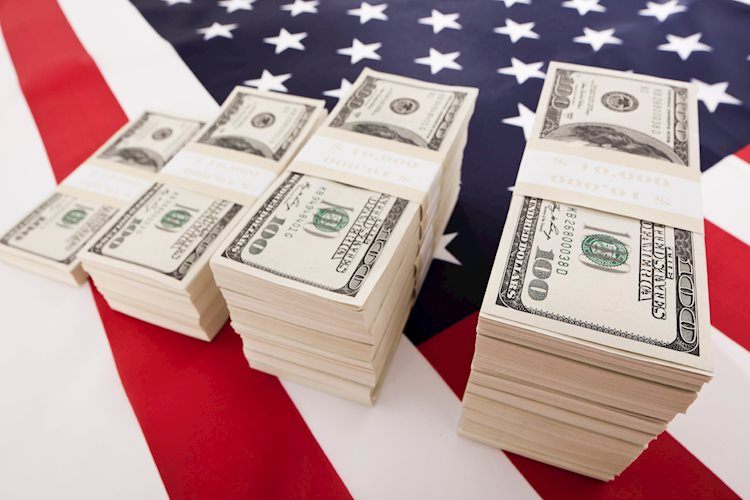The US Dollar is holding onto gains as it enters the US trading session on Monday. The comments from Fed’s Waller and the mixed Nonfarm Payrolls print are contributing to a stronger US Dollar. The US Dollar Index has risen above 101.50 and is on track to test 101.90.
The US Dollar is strengthening for a second consecutive day after Fed Governor Waller indicated that the September interest rate cut may only be 25 basis points, instead of 50 basis points as previously anticipated. The mixed Nonfarm Payrolls release also suggests that the Greenback may have been undervalued and needs to regain its proper valuation in recent weeks.
This week, key economic data includes the US CPI for August and the European Central Bank’s interest rate decision. The US presidential election will also be in focus with a debate between former President Trump and Democratic candidate Harris. In terms of market movers, the US Census Bureau released the Wholesale Inventories Index for July, the US Treasury is set to auction short-term paper, and the Consumer Credit Change for July is expected to increase.
The US Dollar Index (DXY) is seeking its fair value as markets reassess the Fed’s potential rate cut expectations. The Index is approaching resistance at 101.90 and could potentially reach 103.18. On the downside, strong support lies at 100.62 with further levels at 99.58 and 97.73 if it continues lower.
Central banks play a crucial role in maintaining price stability within economies by adjusting their policy rates. The US Federal Reserve, the European Central Bank, and the Bank of England aim to keep inflation close to 2% through monetary policy adjustments. Central banks use their benchmark interest rates to stimulate or cool down the economy, with actions such as monetary tightening or easing depending on current economic conditions.
Central banks are typically politically independent and consist of policy board members with varying monetary policy views. Members are divided into ‘doves’ and ‘hawks’ based on their stance on interest rates and inflation. The chairman or president leads policy meetings and aims to create a consensus among board members. Central banks communicate their monetary policy stance through speeches and market actions to avoid causing instability in rates, equities, or their currency. Members are in a blackout period before policy meetings to prevent any premature public statements.











